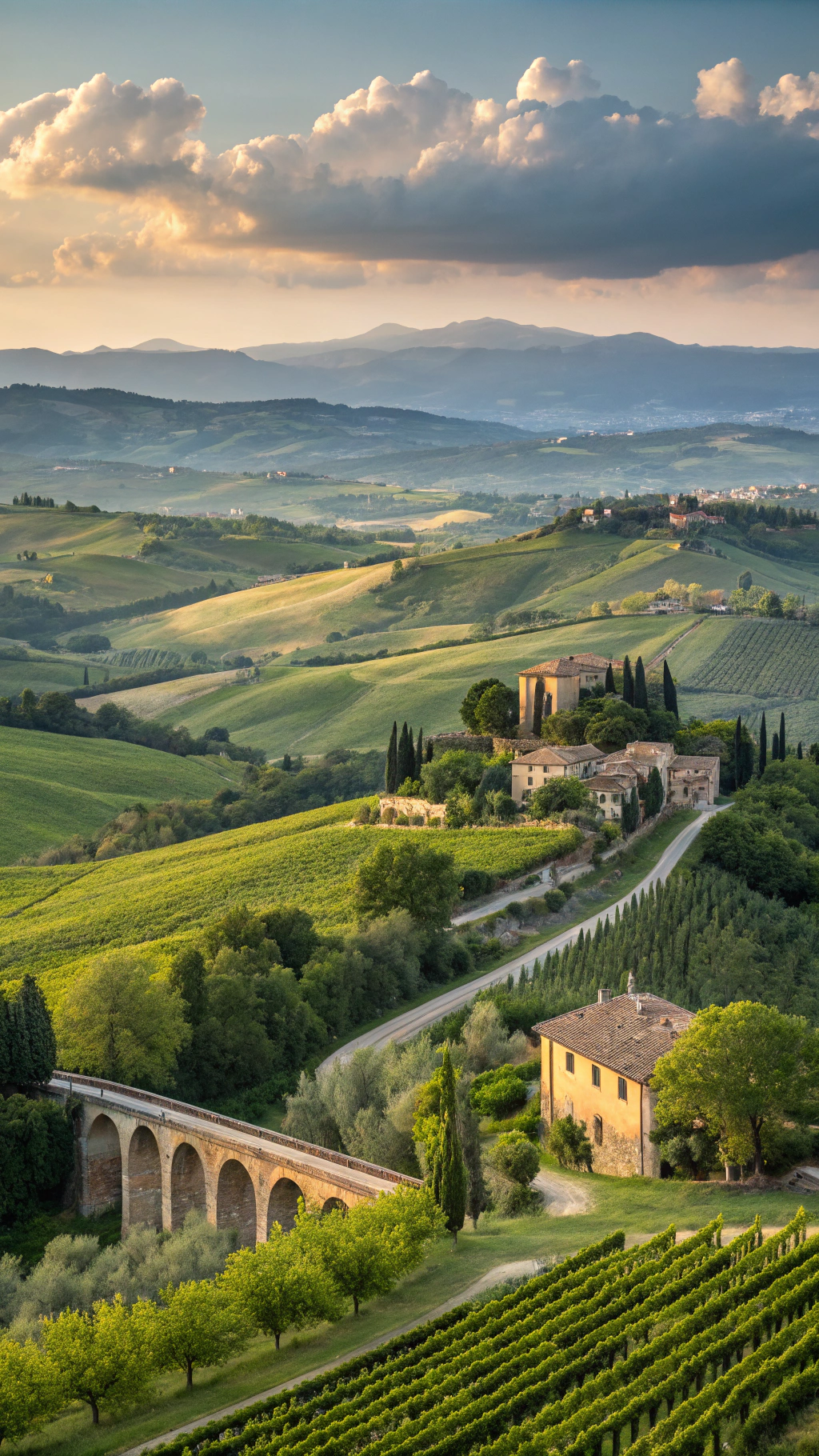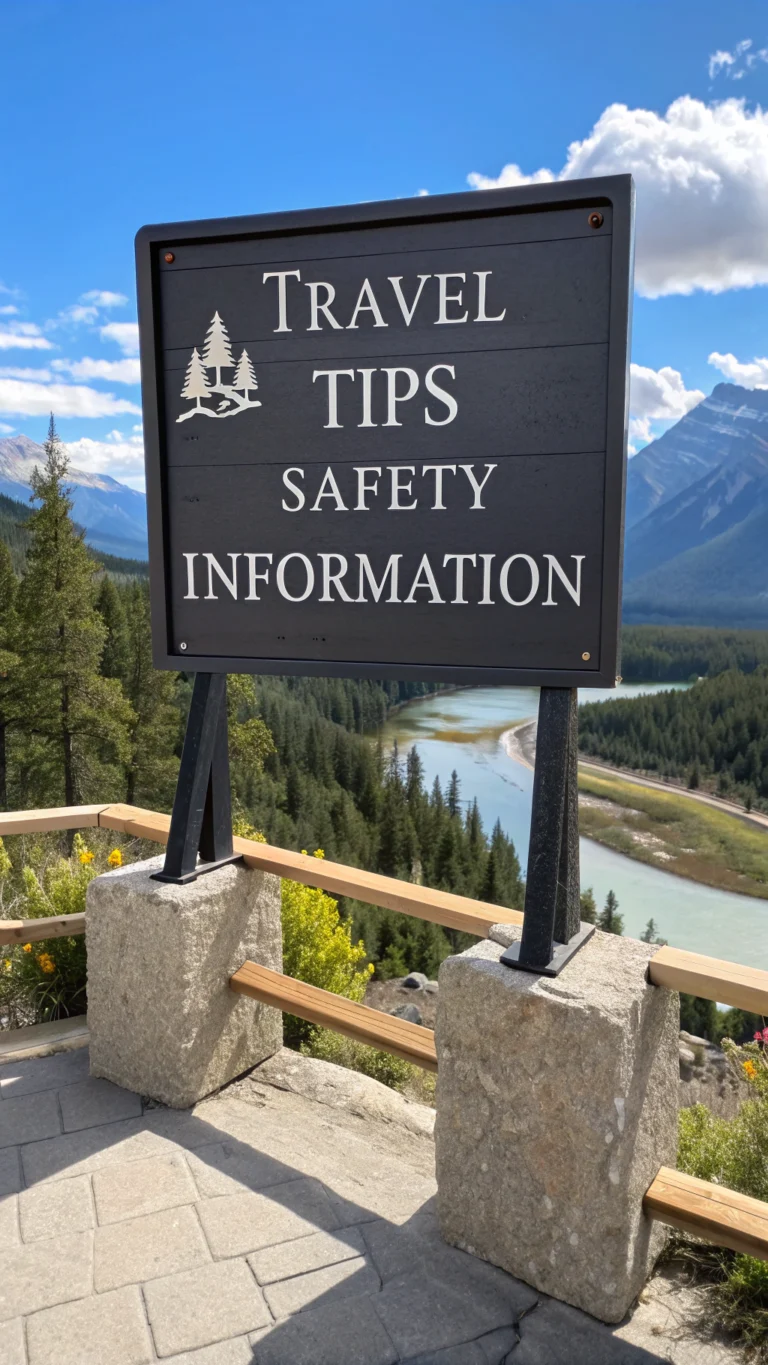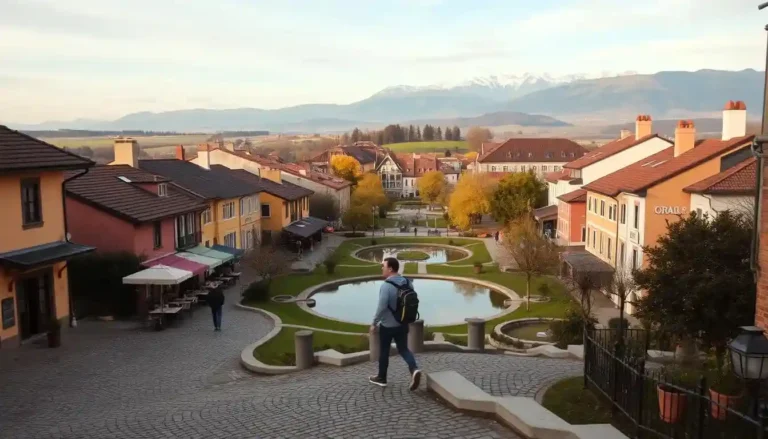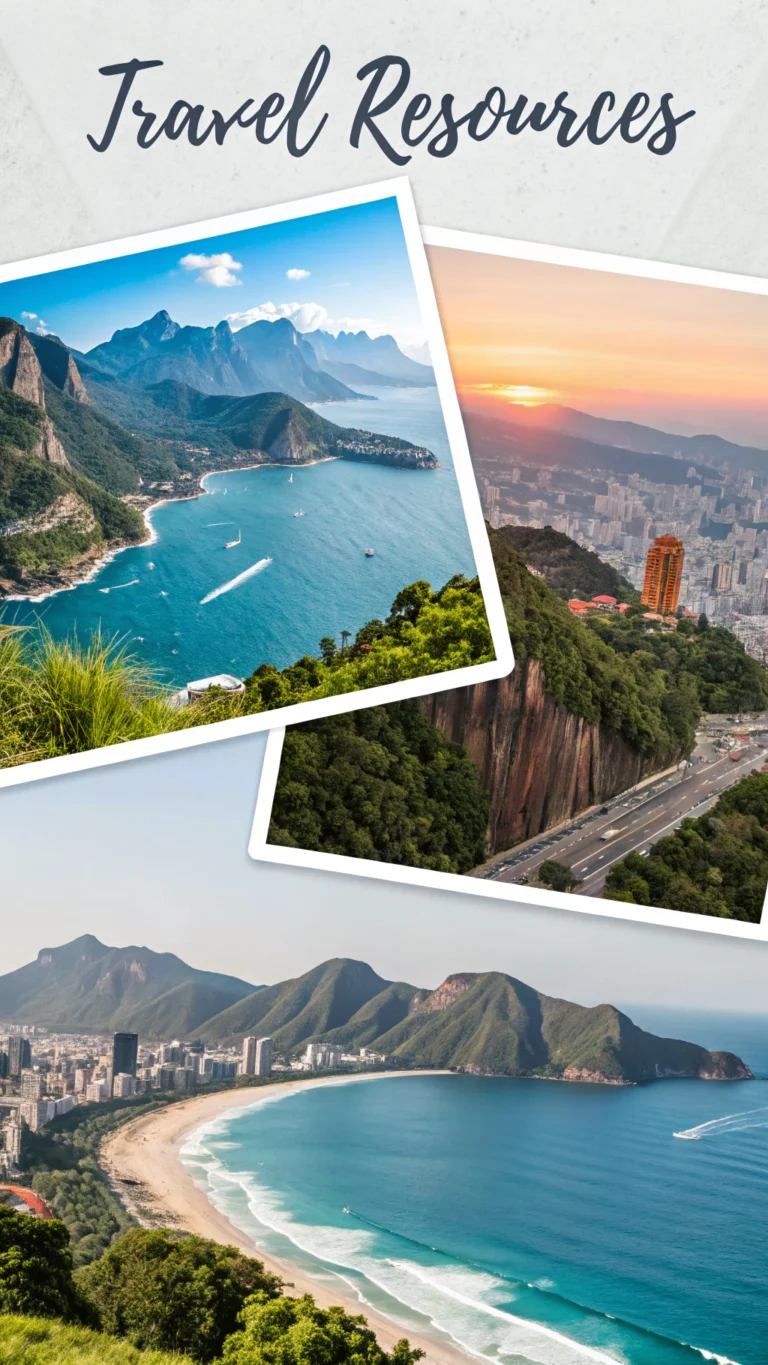Living in Italy: 7 Unexpected Delights You’ll Discover
Table of Contents
Introduction
Ever ponder why foreigners who relocate to Italy so seldom go back to their native countries? Recent migration data shows that 89% of foreigners who have been in Italy for more than two years say they are happier with their lives there than they were back home. Everyday activities, such as nighttime passeggiatas (strolls) and morning cappuccino rituals, are elevated to spectacular experiences when one lives in Italy. While visitors only get a fleeting view of Italy’s splendor, locals gradually uncover layers of cultural diversity.
Destination Overview

The 20 different regions that make up Italy, a boot-shaped peninsula that juts out into the Mediterranean Sea, each have their own dialects, cuisines, and customs. Italy, which is home to more UNESCO World Heritage Sites than any other nation (58 and counting), skillfully combines ancient heritage with contemporary living. Modern cafés are set against the backdrop of Roman ruins, while apartments are housed in Renaissance palaces.
Your personal choices will determine the ideal time to obtain residency in Italy. While April-May gives flowering landscapes, September-October offers pleasant temperatures and less tourists. While southern regions like Sicily experience warm winters with temperatures seldom falling below 50°F (10°C), northern regions like Lombardy and Piedmont may experience chilly and foggy winters.
Travel Itinerary: Your First Week as an Italian Resident
Day 1: Administrative Essentials
- Morning: Visit your local comune (municipality) to begin residency paperwork
- Afternoon: Open an Italian bank account (bring passport and codice fiscale)
- Evening: Meet neighbors over aperitivo at a local bar (typically 6-8pm)
Days 2-3: Setting Up Home
- Shop at local markets rather than supermarkets – prices are 15-30% lower
- Register for utilities (expect 1-2 weeks for internet installation)
- Join neighborhood social media groups for secondhand furniture
Days 4-7: Community Integration
- Enroll in language classes at a local cultural center
- Discover neighborhood bakeries, butchers, and specialty shops
- Learn local recycling rules (which vary by municipality and carry fines for mistakes)
Must-See Attractions Beyond Tourist Hotspots
While tourists flock to the Colosseum and Trevi Fountain, residents discover Italy’s true essence in everyday places. Living in Italy Guide, Authentic Italian Cuisine Tips, Must-Try Traditional Italian Recipes, Elevating Home Cooking, Insider Italy Living Tips, Authentic Italian Cooking Hacks, Discover Italian Food Culture begins with understanding regional differences.
Don’t miss weekly markets (mercati) in your town’s main piazza – typically one designated day weekly where everything from fresh produce to household items is sold at competitive prices. In smaller towns, these markets remain the social hub where residents exchange news and build community ties.
Participate in seasonal sagre (food festivals) celebrating local specialties – from truffles in Umbria to pistachios in Sicily. These community events offer authentic food at one-third restaurant prices while connecting you with locals.
Where to Stay: Finding Your Italian Home
Northern Italy
Perfect for: Career professionals seeking proximity to business centers
Housing costs: Apartments in Milan average €1,200/month for a one-bedroom
Benefits: Excellent transportation, international environment
Central Italy
Perfect for: History enthusiasts and those seeking balance
Housing costs: €800-1,000/month in smaller Tuscan towns
Benefits: Rich cultural offerings with less crowding than major cities
Southern Italy
Perfect for: Digital nomads and retirees seeking affordability
Housing costs: As low as €400-600/month in Puglia or Calabria
Benefits: Lower cost of living, mild winters, authentic lifestyle
Pro tip: Consider smaller towns within commuting distance of major cities for 30-40% lower housing costs.
Food & Local Cuisine: Daily Delights
Perhaps the greatest joy of living in Italy comes through food. Unlike restaurants catering to tourists, shopping and cooking like locals connects you to centuries of culinary tradition.
Each region has its own specialties: Lombardy’s risotto, Emilia-Romagna’s pasta fresca, Sicily’s seafood dishes. The average Italian household spends 2-3 hours daily on food preparation – not because they must, but because they prioritize quality ingredients and proper preparation.
For those with dietary restrictions:
- Vegetarians: Seek out “cucina povera” traditions which historically used meat sparingly
- Gluten-free: Rice-based dishes predominate in northern regions
- Vegans: Download the “VegItaly” app to find accommodating restaurants
Travel Tips & Essentials for New Residents
Master the art of bureaucracy with patience and preparation. Government offices typically operate from 8:30am-1:30pm, and many close completely in August. Bring multiple photocopies of all documents to any appointment.
Transportation varies dramatically by region. While major cities have extensive public transit, rural areas may have limited bus service. Many residents combine public transport with small, fuel-efficient cars or scooters.
Essential apps for daily living include:
- Satispay (mobile payments accepted at many small businesses)
- Telepass (highway toll payment system)
- Too Good To Go (discounted food from bakeries/restaurants at closing time)
Common Mistakes to Avoid
Italy is a boot-shaped peninsula that juts out into the Mediterranean Sea, and its 20 distinct regions each have their unique dialects, cuisines, and customs. Ancient legacy and modern living are expertly blended in Italy, which has more UNESCO World legacy Sites than any other country (58 and counting). Apartments are located in Renaissance palaces, while contemporary cafés are situated against the backdrop of Roman ruins.
The best timing to apply for residency in Italy will depend on your individual decisions. September to October brings moderate weather and less tourists, while April to May offers floral landscapes. Northern regions like Lombardy and Piedmont may have cold and foggy winters, whereas southern regions like Sicily have pleasant winters with temperatures rarely dropping below 50°F (10°C).
Budget Breakdown
Monthly expenses for a couple living in a mid-sized Italian city:
- Rent: €700-900
- Utilities: €150-200
- Groceries: €350-450
- Transportation: €80-120
- Healthcare: €50-100 for supplemental insurance
- Dining/Entertainment: €300-400
Northern cities like Milan and Bologna can increase these costs by 20-30%, while southern regions may reduce them by similar percentages.
Final Thoughts
Because of the country’s rich cultural heritage and sensory diversity, living in Italy turns everyday days into remarkable adventures. Language hurdles, bureaucratic procedures, and disparate social standards are some of the adaption problems that, in the end, contribute to the significance and fulfillment of residency.
Have you lived in Italy before, or are you considering relocating there? Post any queries or observations in the space provided below!
FAQs
Is fluency in Italian a prerequisite for moving?
Although it’s not required, knowing a little Italian greatly enhances your experience. Although more English-speaking services are available in larger cities, the majority of administrative procedures require at least rudimentary Italian.
Which medical choices are available to foreign residents?
For an annual fee based on income (usually €387–1,500), legal residents can register for the SSN (Servizio Sanitario Nazionale), which grants access to public healthcare. As an alternative, private insurance typically costs between €800 and €2,000 per year.
How hard is it to get a job in Italy?
Regional differences exist in Italy’s unemployment rate, which is now 7.8%. Opportunities for foreign inhabitants are usually found in remote employment, international corporations, tourism, and language instruction. With notable regional variances, the average monthly salary falls between €1,200 and €1,800.
Are pets allowed in Italy?
Yes, Italy allows pets and has simple import regulations. Pets require EU pet passports, rabies vaccines, and microchips. Restaurants frequently welcome well-behaved dogs, and the majority of rental apartments allow pets.
How does one go about getting residency?
EU nationals are free to remain, however they must register after ninety days. Non-EU nationals must apply for a permesso di soggiorno (residence permit) within eight working days of their arrival after obtaining the necessary visas prior to their trip.







